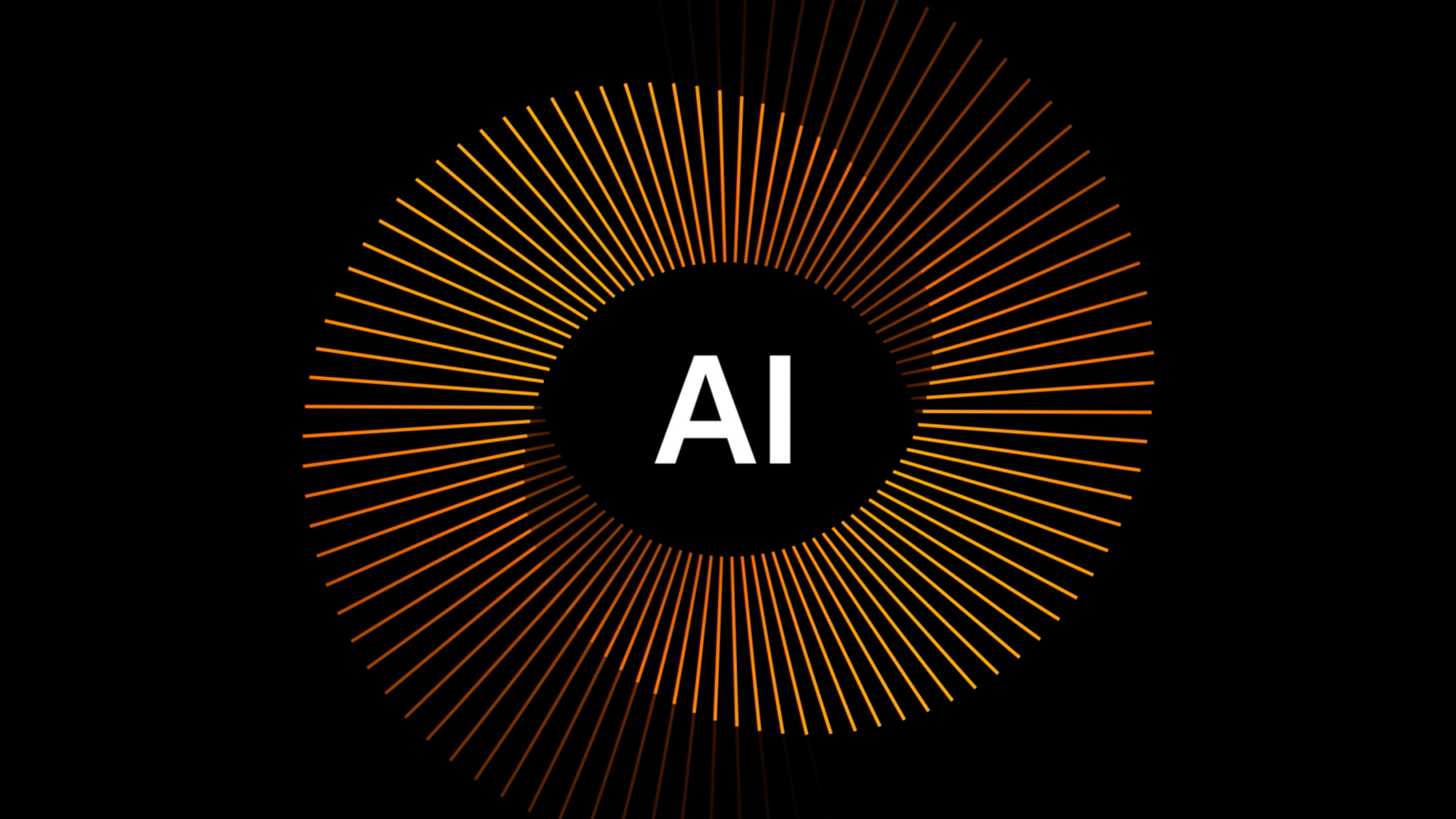Are you ready for tomorrow’s Direct Tax, AI, and technology developments?
The pace of change experienced by today’s tax departments feels unprecedented. And, amid this transformation, tax departments are facing a host of challenges, including growing complexity, talent shortages, and financial constraints.
Yet, as challenging as the rapid pace of change may be, it doesn’t relieve tax firms of the responsibility to prepare appropriately. The good news is that choosing the right technology solutions can help firms successfully navigate these choppy waters and gain a competitive advantage.
Pressure mounting due to technological and regulatory changes
The tax industry is experiencing a period of intense technological change. This is only increasing the pressure on tax departments, many of whom are struggling to keep up.
While change is not new to the tax industry, the pace of it is accelerating, and this is creating unique issues, according to Dhananjay Nagalkar, Vice President for Direct Tax products at Thomson Reuters. “We have seen change come over and over, but we never believed it,” Nagalkar said during the Direct Tax Horizon webinar, “Now it’s the time where we are seeing the step change in multiple areas.”
Nagalkar specifically points to regulations related to the new Global Minimum Tax (GMT) regime, which came into effect at the start of 2024 under the OECD’s “Pillar Two” rules. Under these rules, multinational companies with revenue of more than €750 million have to pay a minimum rate of tax, wherever their profits are booked.
“Governments are looking to see about $200 billion coming in every year to their governments, and that’s going to come from corporations,” Nagalkar notes.
Technology that helps coordinate data collection and workflow automation is key to helping firms comply with such regulations. Firms that fail to meet regulatory requirements risk severe financial, operational, and reputational harm.
Nagalkar says tax departments, under increasing pressure to adapt to new regulations and manage complex data, are working with limited resources. “This has created tremendous pressures on the tax department,” he says. “So what do you do? You have to do more with less. You have to build your own solution ecosystem so that you can meet all the needs. And you need to do this the most efficiently as possible.”
Reliable, efficient products in demand
With these mounting challenges, tax professionals must gain access to the tools they need. Thomson Reuters, which is focused on providing tax professionals with efficient and reliable products that integrate seamlessly with each other, can help.
Nagalkar says his goal is to help tax professionals leverage technology and have a better experience for themselves. He notes that the key pillars of the Thomson Reuters product strategy emphasize:
- Accuracy;
- Efficiency, and;
- Providing actionable insights.
“We want to give you reliable products which are accurate, timely, stable, (and) always available,” he said. “That’s the base. Tax departments cannot make mistakes. But as we do that, and you have this product from Thomson Reuters, we have been striving to make sure that all of these work together, so we can reduce the duplication in data movement.”
Nagalkar adds that this process can also “reduce the errors, which can come by providing the information at the point of need so you can have a better experience–-more efficient and less risk.”
Automation and AI will yield opportunities, but caution is needed
The tax industry is significantly shifting towards automation and AI, with potential benefits for tax professionals. AI and other technologies can help tax departments do more with less by becoming more efficient and effective.
Thomson Reuters is focusing on four key areas where AI can help tax professionals, according to Nagalkar. They are:
- Ready for-review products;
- Research and information retrieval;
- Employee assist tools, and
- Analysis and advisory
“We want to be able to provide you ready-for-review products so your data comes in and we can provide the solution to you so you can review and get it through,” Nagalkar notes.
“We see the documents over and over across possibly every company in the business and we know the pattern,” he said. “So, we can give you almost 65% of the content which can be auto-verified. So you have peace of mind and focus on the other 35%.”
So, what role will AI and automation play in transforming the tax industry? Or, as Nagalkar posits: “What can AI do for you?”
“Right now, AI, or generative AI, is more like a teenage brain,” he says. “It feels it knows everything, but it needs adult supervision. So that’s where you come in to guide and develop that.”
Thomson Reuters is currently working to incorporate AI into our services. “We have the solution which talks about AI today,” Nagalkar explains. “We have K-1 Analyzer, which can read the complex large K-1 forms, including K-2s and K-3, which got added this year… Analyze it and provide the data so we can put it in our tax returns.”
How can we help your tax team?
Thomson Reuters offers a range of solutions to help tax professionals, including compliance tools, provision solutions, international tax calculators, and statutory reporting tools. We are also working on developing a global direct tax solution focused on individual countries, powered by IFRS.
“We are excited about our future,” Nagalkar says. “We look forward to partnering with you and identifying the use cases which make your life easy today and work towards where it can take us all to the next step.”
For further information, visit AI @Thomson Reuters:
The post Are you ready for tomorrow’s Direct Tax, AI, and technology developments? appeared first on Tax & Accounting Blog Posts by Thomson Reuters.







